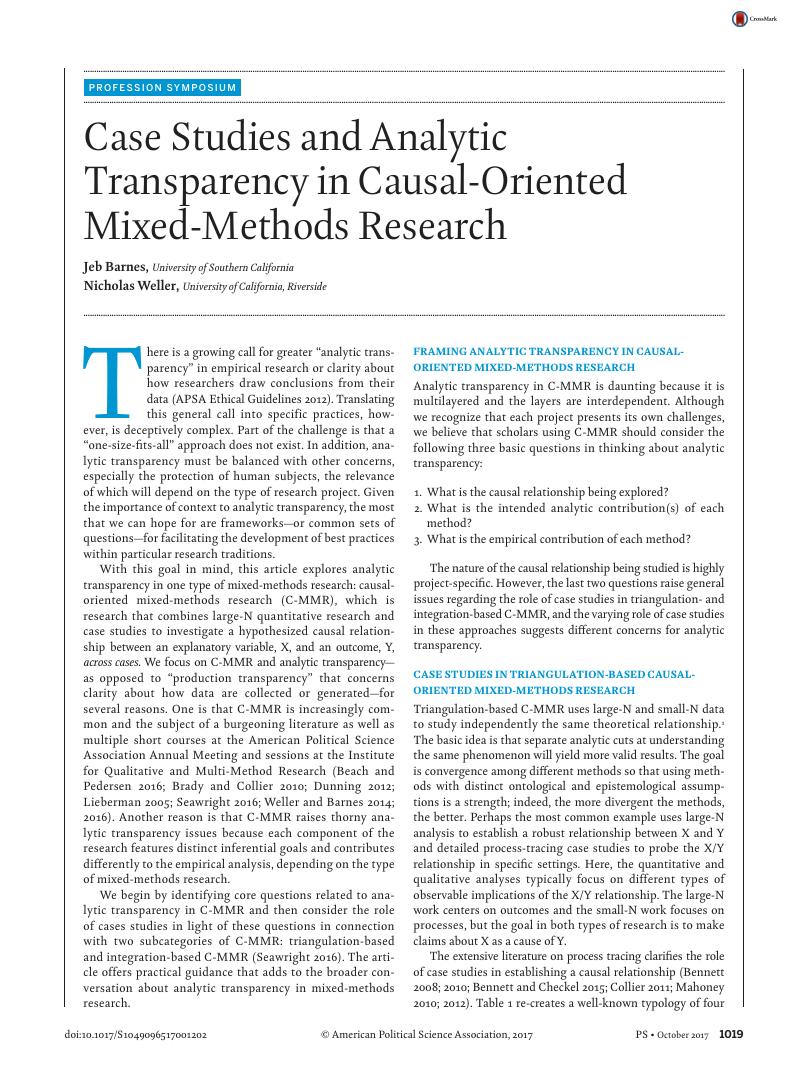Crossref Citations
This article has been cited by the following publications. This list is generated based on data provided by Crossref.
Runhardt, Rosa W.
2022.
Limits to evidential pluralism: multi-method large-N qualitative analysis and the primacy of mechanistic studies.
Synthese,
Vol. 200,
Issue. 2,
Miesner, Ella
and
Schallert, Diane L.
2025.
Building bridges to engineering interest: Connections between student perceptions of instructor actions and interest in engineering classes.
Journal of Engineering Education,
Vol. 114,
Issue. 1,



